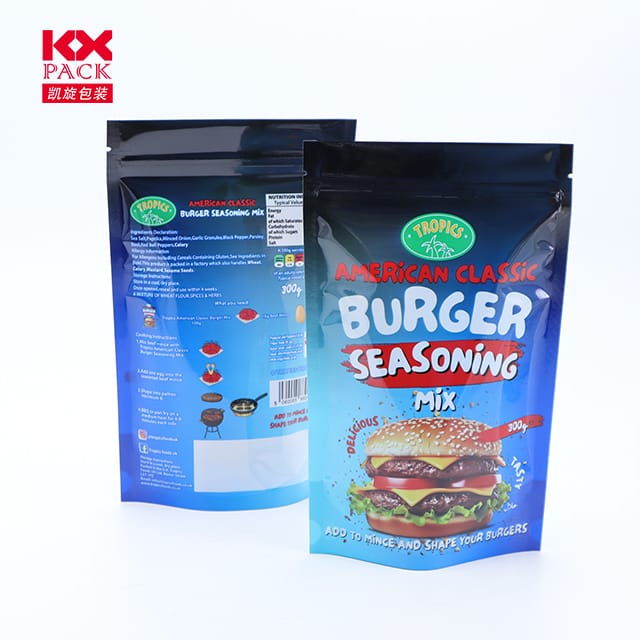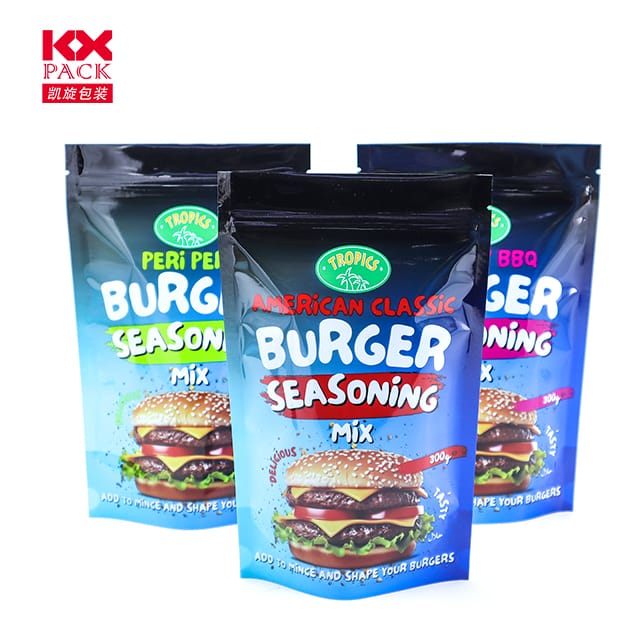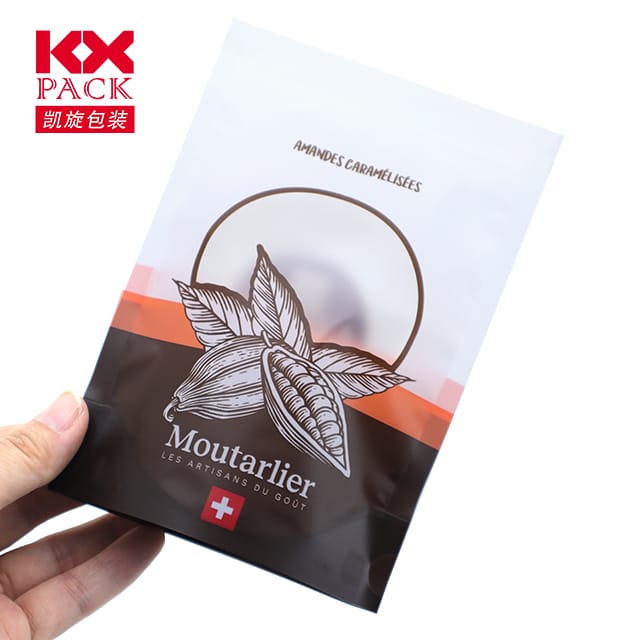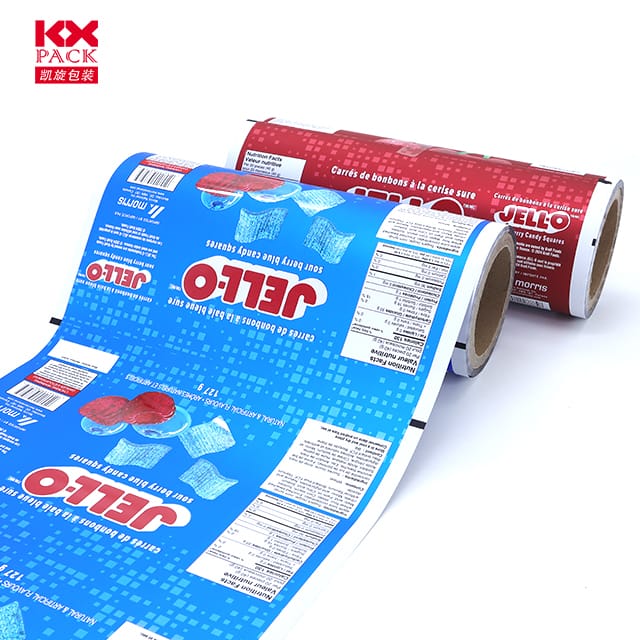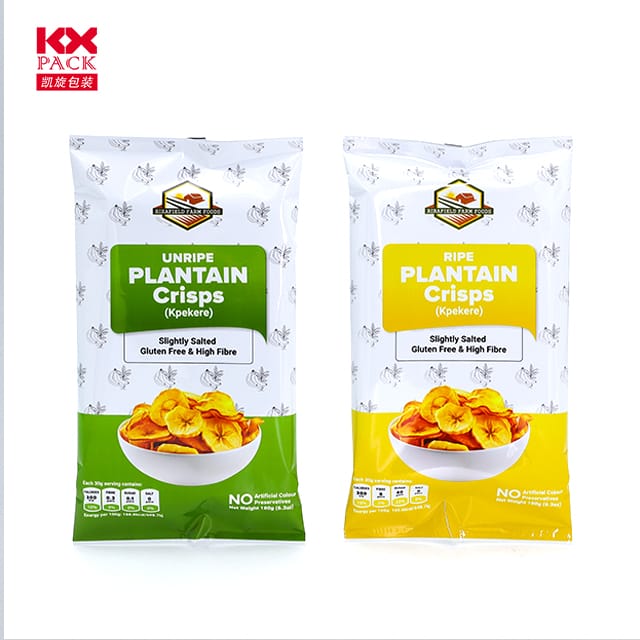Η εξέλιξη και η καινοτομία της πλαστικής μεμβράνης για τα τρόφιμα: Εξασφάλιση ασφάλειας και βιωσιμότητας
Πλαστική μεμβράνη βαθμού τροφίμων
In today’s food industry, food grade plastic film stands as a cornerstone of packaging innovation, εξισορρόπηση της ασφάλειας, λειτουργικότητα, και την περιβαλλοντική ευθύνη. Ως παγκόσμια ζήτηση για συσκευασμένες υπερτάσεις τροφίμων, Το ίδιο ισχύει και για την ανάγκη για προηγμένα υλικά που προστατεύουν τα προϊόντα χωρίς να διακυβεύουν την υγεία ή τον πλανήτη. Let’s delve into the world of food grade plastic films—their types, αιτήσεις, risks, και μελλοντικές τάσεις.
What Makes a Plastic Film “Food Grade”?
Food grade plastic films are engineered to meet stringent safety standards set by regulatory bodies like theU.S. FDA (Code of Federal Regulations Title 21) and theEU’s 10/2011 regulation. These materials must:
- Not leach harmful chemicals into food.
- Withstand temperature variations during storage, μεταφορά, and heating.
- Resist degradation from acids, fats, or moisture in food.
- Be traceable to ensure compliance with safety protocols.
Common food grade polymers include:
- Πολυαιθυλένιο (Π.Ε): HDPE (rigid containers) and LDPE (ευέλικτες μεμβράνες, cling wraps).
- Πολυπροπυλένιο (PP): Microwave-safe containers, thermoformed trays.
- Τερεφθαλικό πολυαιθυλένιο (ΚΑΤΟΙΚΙΔΙΟ ΖΩΟ): Transparent bottles, blister packs.
- Πολυβινυλοχλωρίδιο (PVC): Used cautiously due to potential phthalate migration.
- Bio-based Alternatives: PLA (πολυξικό οξύ) and starch-based composites for eco-friendly options.
Key Applications in Food Packaging
- Λιανική πώληση & Consumer Packaging
- Φρέσκα προϊόντα: LDPE films extend shelf life by regulating oxygen and moisture.
- Dairy & Beverages: HDPE jugs and PET bottles dominate for their lightweight durability.
- Ready-to-Eat Meals: PP trays withstand microwave heating (up to 120°C).
- Βιομηχανικός & Bulk Handling
- Ταινίες υψηλού φραγμού: Multi-layer structures (Π.χ., PA/EVOH/PE) prevent oxygen ingress for meat, τυρί, and coffee.
- Flexible Pouches: Stand-up pouches with zippers and spouts enhance convenience.
- Specialty Uses
- Modified Atmosphere Packaging (ΧΑΡΤΗΣ): Films adjust gas composition to slow spoilage.
- Έξυπνες ετικέτες: Temperature-sensitive inks or QR codes track freshness.
Risks and Challenges
Παρά τα οφέλη τους, food grade plastic films face scrutiny:
- Chemical Migration: High temperatures or acidic foods may cause additives (Π.χ., plasticizers) to leach.
- Microplastics: Fragmentation during use or disposal raises environmental concerns.
- Ανακύκλωση εμπόδια: Mixed-material laminates (Π.χ., aluminum/PET) complicate recycling.
Sustainable Innovations Shaping the Future
The industry is pivoting toward eco-conscious solutions:
- Βιοδιασπώμενο & Λιπασματοποιήσιμες ταινίες
- PLA, derived from corn starch, decomposes in industrial composting facilities.
- Pha (Πολυϋδροξυαλκανικά) offers marine-degradable options.
- Recyclability Advancements
- Monomaterial Designs: All-PE or all-PP structures simplify recycling.
- Χημική ανακύκλωση: Breaks down plastics into raw materials for new films.
- Regulatory Push
- ο Οδηγία πλαστικής μιας χρήσης της ΕΕ bans non-recyclable films by 2030.
- China’s GB 4806.7-2023 standardizes food contact materials, encouraging domestic innovation.
- Tech-Driven Solutions
- Nanocoatings: Enhance barrier properties without adding thickness.
- Ενεργός συσκευασία: Incorporates antioxidants or antimicrobial agents.
Consumer Tips for Safe Usage
- Avoid Heating PVC or PS Films: These may release toxins.
- Check Recycling Codes: #2 (HDPE), #4 (LDPE), και #5 (PP) are safer choices.
- Limit Single-Use Films: Opt for reusable silicone lids or beeswax wraps.
Ο δρόμος μπροστά
The food grade plastic film market is projected to reach$51.9 δισεκατομμύρια 2030, οδηγείται από:
- Emerging Markets: Rising middle classes in Asia and Africa demand packaged food.
- E-commerce Growth: Online grocery sales rely on durable, leak-proof films.
- Circular Economy Goals: Brands like Nestlé and Coca-Cola pledge 100% ανακυκλώσιμη συσκευασία από 2025.
συμπέρασμα
Food grade plastic films are indispensable to modern food systems, but their future hinges on innovation and responsibility. By embracing bio-based materials, improving recyclability, and adhering to strict safety standards, the industry can meet consumer demands while safeguarding health and the environment.
Ως καταναλωτές, let’s advocate for transparency and sustainability—because the films that wrap our food should protect more than just its freshness.
What’s your take on food grade plastic films? Μοιραστείτε τις σκέψεις σας στα παρακάτω σχόλια! 🌱🍎📦

